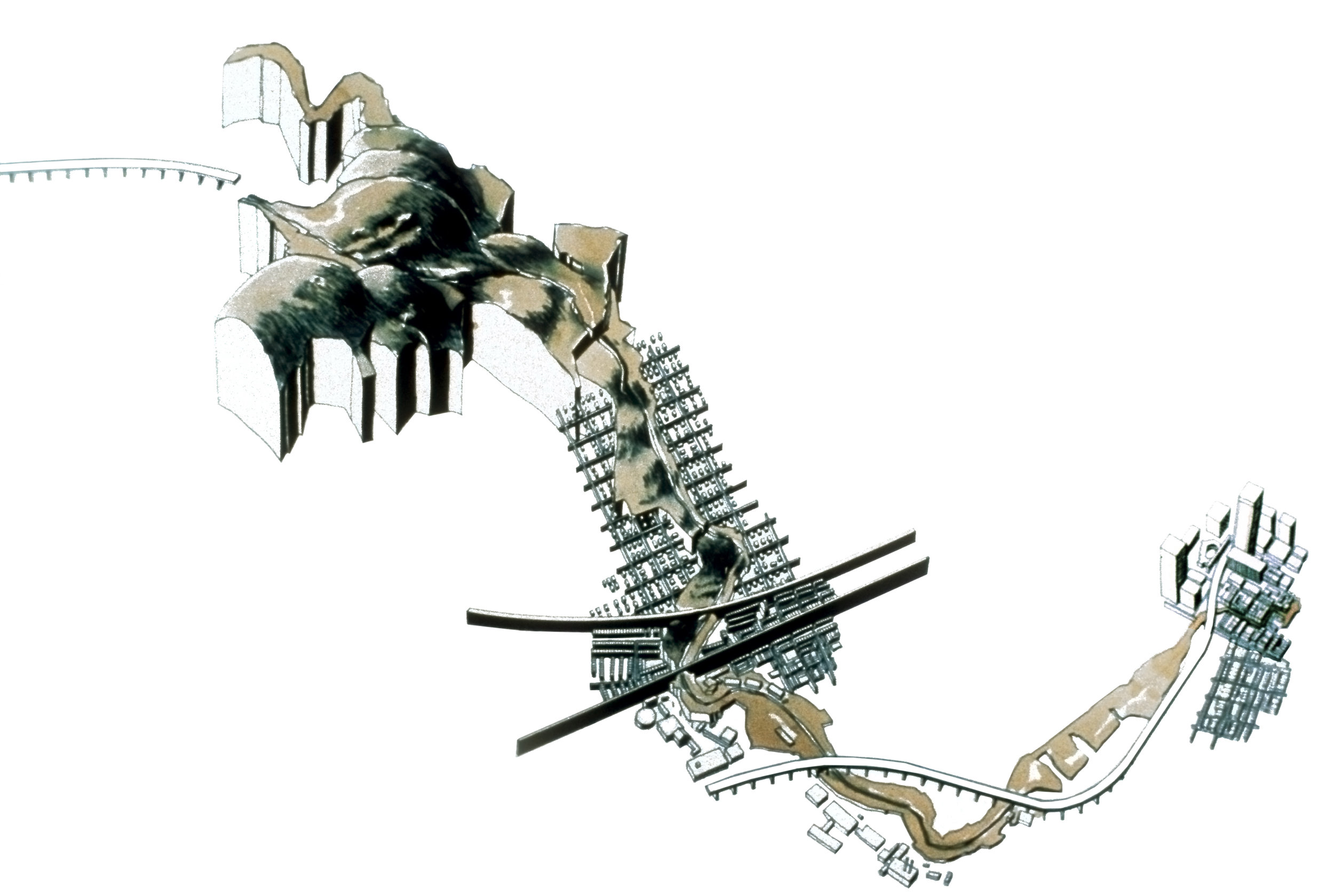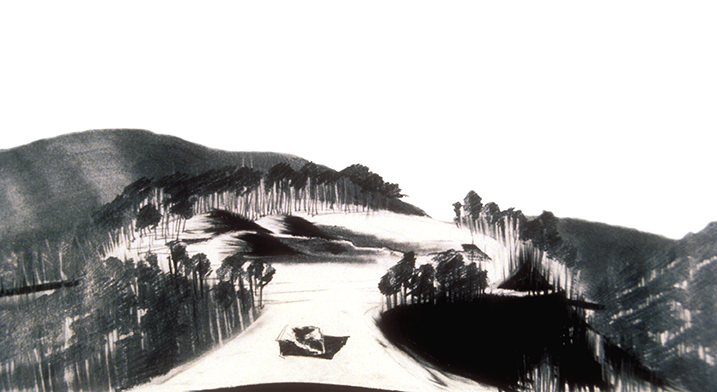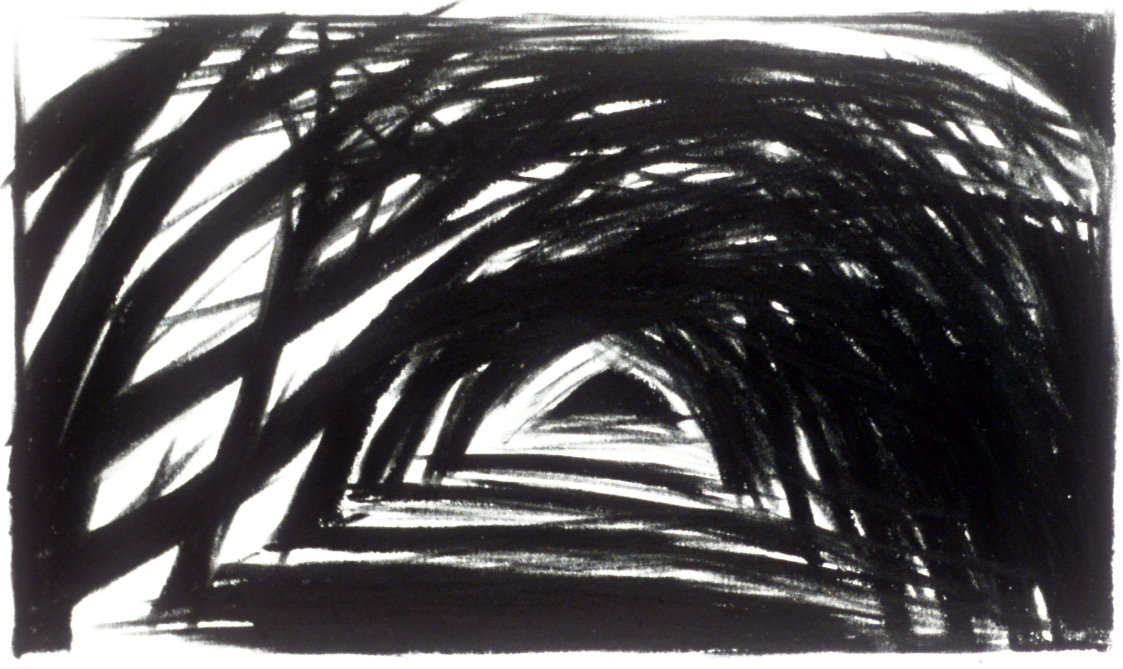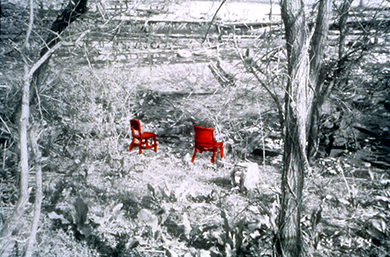1995 - Baltimore, MD, USA
The Gwynns Fall Trail Masterplan
Baltimore, MD, USA
CLIENT The Trust for Public Land, City of Baltimore Department of Recreation of Parks / STATUS Completed 1995 / SIZE 14 miles / DESIGN TEAM Balmori Associates, Meg Webster, Jonathan Fishman Architects, Edward Orser, Paul Barten, Kirsten MacDougall
Restoration of a stream established connections between the diverse neighborhoods along its path. The Gywnns Falls Trail Masterplan project is a response to community interest in restoring the Gywnns Falls Stream Ecosystem, which had been damaged over time by industrial pollution, illegal dumping, and neglect. The masterplan drew public attention to the stream and its watershed by outlining revitalization strategies, which included educational activities for area public schools and annual public celebrations. The design team consulted with citizens from 16 neighborhoods, 7 Baltimore city agencies and departments, as well as 47 public and private organizations and institutions.
The trail has seven separate segments running through various geographic and cultural areas of Baltimore, Maryland. The proposals were developed with respect to the particular terrain, vegetation, and cultural context of each trail segment. The masterplan was a comprehensive study outlining recommended designs for trail routes, safety, signage, planting schemes, ecological restoration, and historical features management. In addition, the masterplan explored ethical and environmental procedures for its design and construction, namely eliminating the use of pollutants. This practice helped to produce jobs for the surrounding communities and was integrated into the educational process of the community.
The Gwynns Falls Trail vision was built on an earlier vision created for open public space in Baltimore. In 1902, the Baltimore Municipal Art Society commissioned the Olmsted brothers to design a masterplan for Baltimore parks. Completed in 1904, the Olmsted Report recommended that the city acquire three principal stream valleys to protect the watershed from future development; it also envisioned a network of stream valley parks. The Olmsted Report was a starting place for Balmori Associates' evaluation process for urban open space because of its foresight, broad vision and its understanding of parks as an integral part of our cities.




